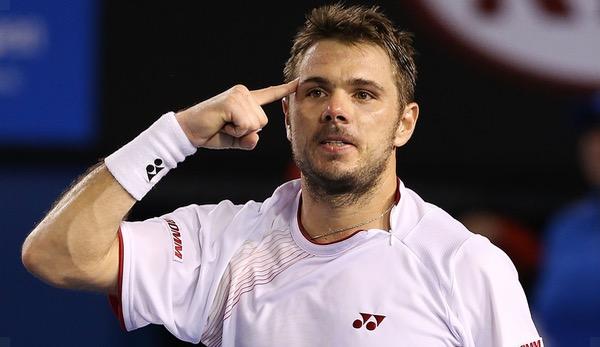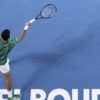Tennis
Service: Making Decisions – Self-confidence as a yardstick
“Everything in the world depends on a clever idea and a firm decision” – Johann Wolfgang von Goethe.
The difference in a close match falls in the quality of the decisions you make – and the edge of the net falls when you’re unlucky. Because of the different systems like the LK-system in Germany you usually play against similarly strong players.
One club player has a better forehand, another has the nasty slice as a weapon and yet another player runs into each ball and makes hardly any easy mistakes. In the individual strokes and abilities there are always interesting shifts in the strengths. But what every player, even you dear reader, has in common is the possibility to make smart decisions.
Players who have problems making decisions at all usually just play on it. These players find it difficult to build variations into their serve or change the tempo in a rally. In order to be able to make good decisions, one must first find one’s own willingness to make decisions and cultivate them.
When Roger Federer once again brushes a stroke of genius on the court, he has decided in a millisecond that he wants to play this ball. A lot of things happen intuitively – especially at Federer. This is due to the fact that the Maestro has trained his decision making joy so much that he can use it spontaneously from the cabinet of magic tricks in appropriate game situations. And this cupboard is bloody big and deep.
You too can put on your own personal wardrobe of magic tricks. You have to answer the two elementary questions “how?” and “when?”. If you then add the healthy scale of your server trust, you have a good basis to make the best possible decision on the tennis court. How all this can work on the court is explained in the next section using an example.
A calm breath is the basic requirement for wise decisions. You will hardly be able to think wisely when you are completely out of breath at the baseline and a sweaty bead running into your eye will take your last nerve away. At such moments, your first goal is to breathe calmly and then work out a plan in your head, which you can then bring to the place in the best possible way.
With a score of 4:4 and 30:30, there’s a big point. Your first question to answer for your serve is “How?”. How can you serve on this score? What options are available to you based on your skills? How secure do you feel in the current game situation?
To answer this question, your self-confidence always helps you as a benchmark. If you haven’t played your first serve in the last games, it would be fatally risky to go on your first serve. You’ve decided that you want to minimize the risk of going over the second serve.
With that decision, you answered the question of when? You want to take less risk on your first serve. Now you can start making your decision on this basis. A first serve with less risk, but still asking your opponent questions, is a good solution to the game situation.
Various slice options are available for this purpose, for example. You can hit through the middle on man with slice or away from your opponent’s body. You can play the slice serve with less speed and therefore with less risk. You have made a good decision based on your self-confidence and the two questions “how?” and “when?”.
A clever idea, combined with your firm decision, is also the formula for wise decisions on the tennis court.













You must be logged in to post a comment Login